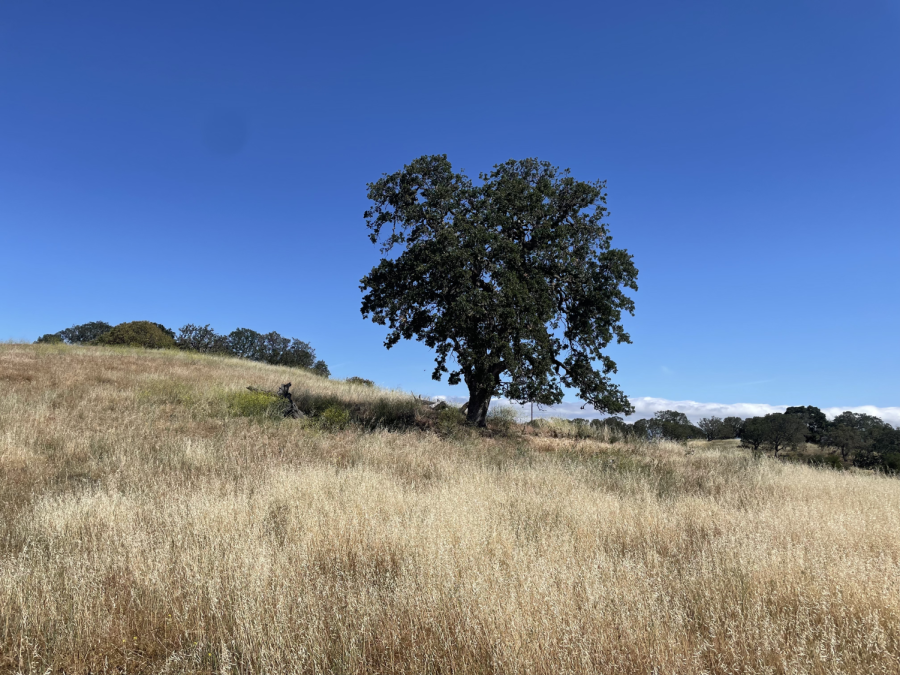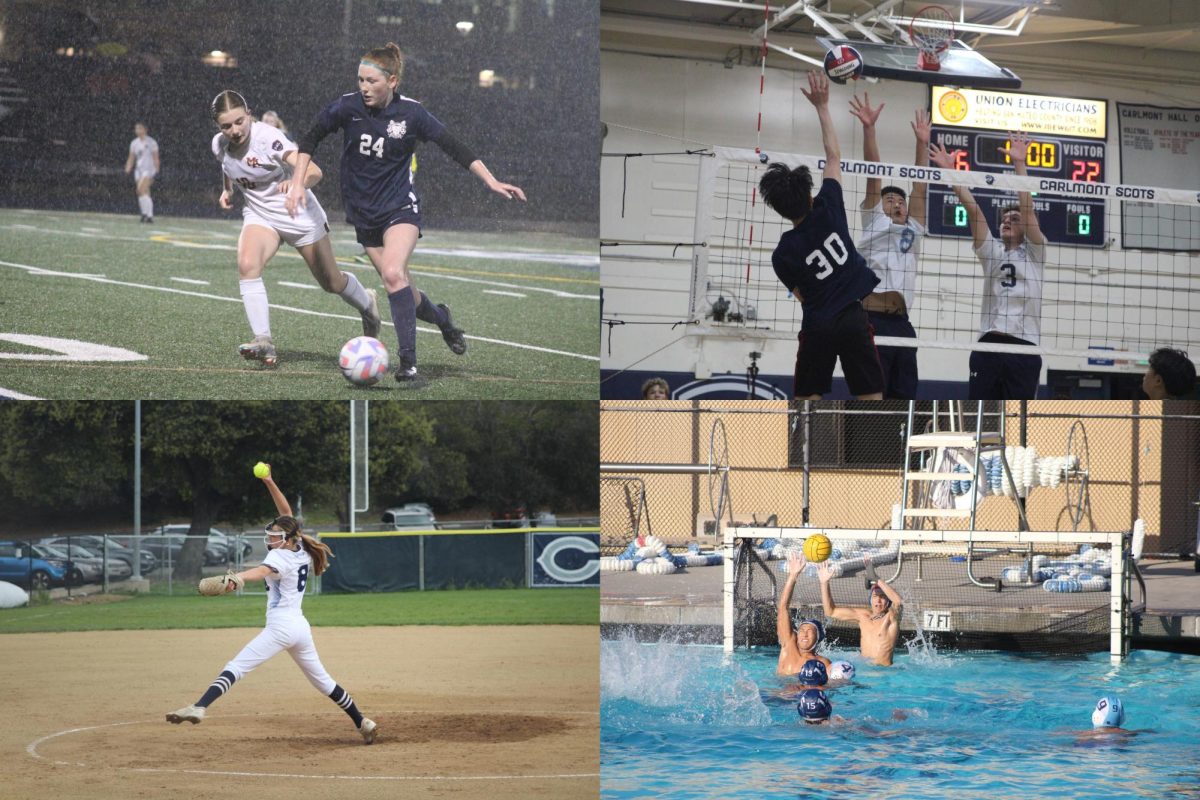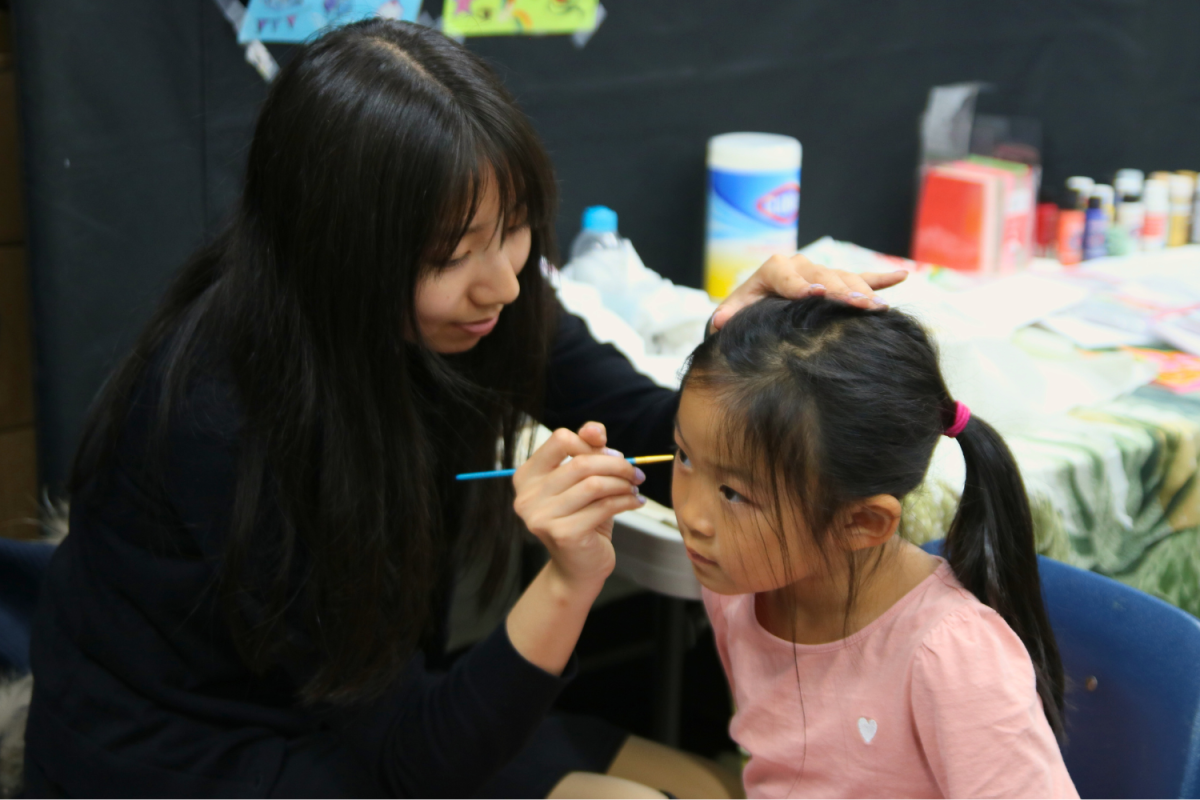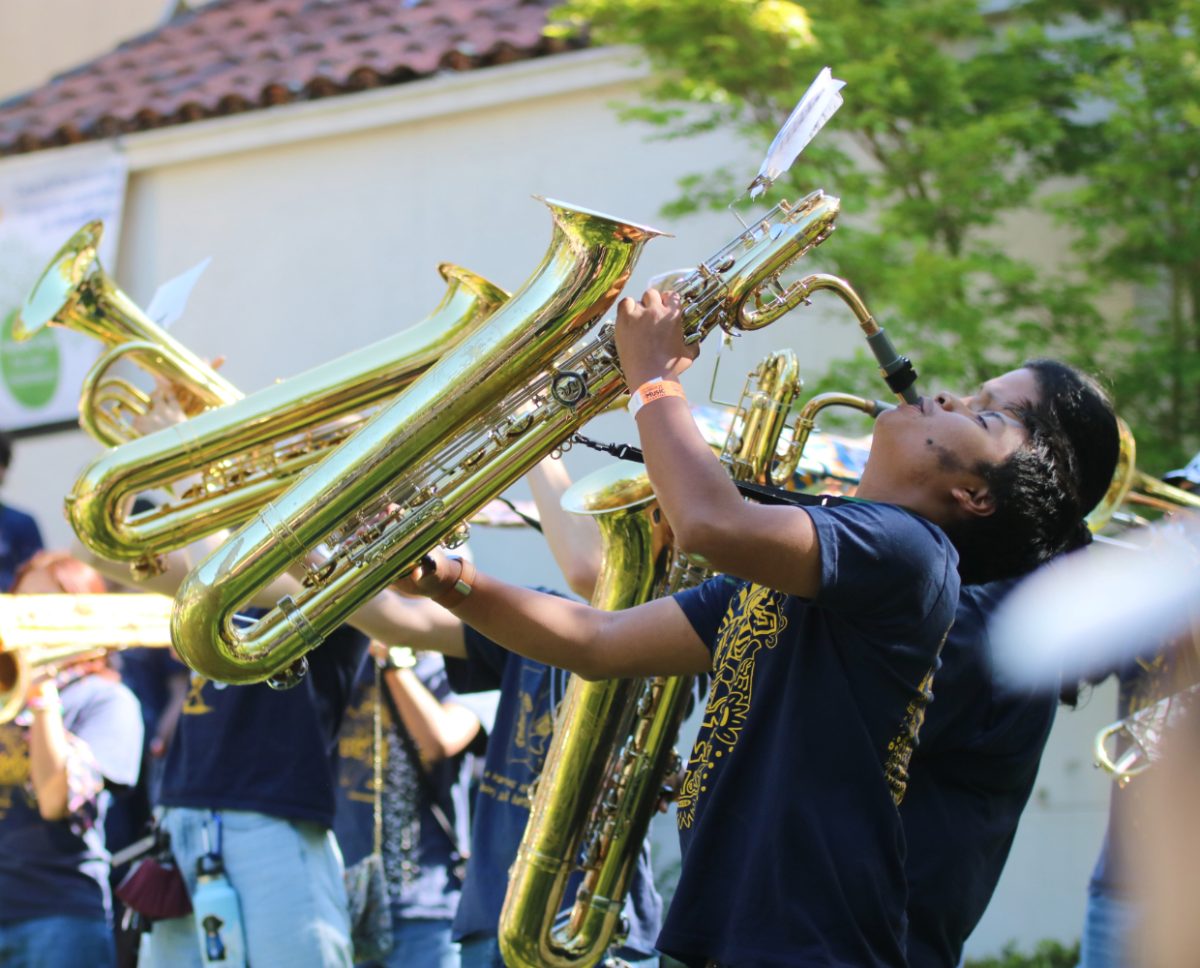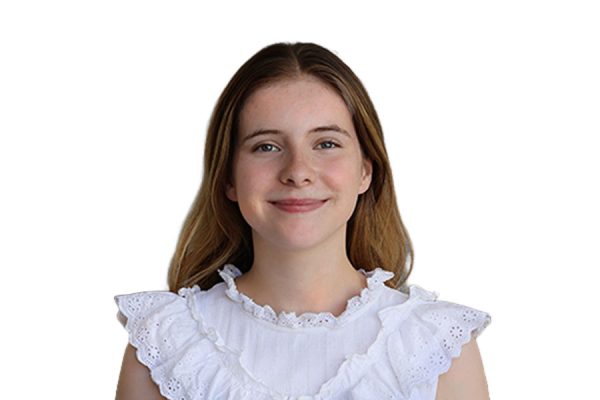181 gallons.
That is the amount of water a Californian uses every day on average, according to the California Water Science Center.
As summer approaches, the ground underneath the Californian sun becomes bone dry. Lack of rainfall causes reservoirs to plunge to dangerously low levels. People across the state turn on their sprinklers hoping to revive their yellowing lawns, and water usage shoots upwards.
But all this is not new. It has been happening for the past 20 years.
“Long-term drought conditions are normal in California, and much of our water policy and allocations were designed in a time of plenty,” said Rachael Londer, a sustainability specialist at the San Mateo County Office of Sustainability.
For years, new policies have been implemented in the hopes of minimizing the drought’s impact on the environment and communities of California.
There needs to be a loud and consistent message about the need to save water.
— Tom Francis
Most recently, Governor Gavin Newsom advanced $22.5 million in drought response funding. $8.25 million of that funding is going towards water conservation outreach and education through the Save Our Water campaign.
“There needs to be a loud and consistent message about the need to save water. The message needs to be easily grasped by the public. We all receive our news differently. So [the message] needs to be shown on TV, on radio, in newspapers, on billboards, and on social media, in order to reach everyone. We need to reach out in multiple languages since not everyone is an English speaker or reader,” said Tom Francis, the Water Resources Manager at the Bay Area Water Supply and Conservation Agency (BAWSCA).
To spread awareness and motivate individuals to save water, BAWSCA has various programs, including a personal home water report program. This program allows customers to have their water usage analyzed to determine where they might be able to adopt water-efficient practices or technology.
A similar alternative to this program is using a water consumption calculator.
“Using a tool to calculate personal or household water consumption can give you an accurate snapshot of how much water you consume and help identify the actions, appliances, or areas where you use the most water, ” Londer said.
From there, various water conservation tips can be adopted to reduce water consumption. In California, irrigation makes up the largest percentage of water usage. To lower this water usage, people can limit watering to one or two days a week, install drip irrigation, or remove their lawns altogether. The lawn space can then be replaced with drought-tolerant landscaping, known as xeriscaping. Drought tolerant plants include sage, lavender, and Calfornia poppies. Not only are these plants drought-tolerant, but they also help ecosystems and insects like bees.
Despite the various water-conservation tips that water agencies have promoted for years, many people do not implement these simple actions in their lives.
“Motivation [for water conservation] can take many forms. It can be financial, like rebates to install low water use fixtures. Or [rebates] to take out lawns and replace them with drought-tolerant landscaping. It can be a penalty, in other words, a fine for those that waste water or excessively water plants and yards. A bit of peer pressure too. If a neighbor puts in a greywater system or takes out their lawn, perhaps others are influenced to do so by their neighbors’ example,” Francis said.
There are various rebate programs offered in San Mateo County for those who install water conservation technology. Those who install drought-tolerant landscaping in the place of lawns are offered $4.00 per square foot through the Lawn-Be-Gone program. Homeowners who install a rain barrel or a smart irrigation controller are also eligible for rebates.
“In the future, water agencies in the Bay Area will have the opportunity to provide “on-bill financing” to their customers through the Bay Area Regional Energy Network Water Upgrades Save program. This program allows customers to pay for water-saving upgrades overtime as they generate savings on their water utility bill,” Londer said.
There are also many ways to reduce water consumption indoors as well. These include taking shorter showers, only running the clothes and dishwasher on full loads, and using aerators on faucets. There really is no one best way to reduce water consumption. Instead, you need to tackle that on multiple fronts. — Tom Francis
“There really is not one best way to reduce water consumption. Instead, you need to tackle that on multiple fronts. You may find someone is willing to reduce their yard watering but not limit their time in the shower and vice versa. So you make sure you ask for both, knowing you may only get one, depending on the person. That is why water agencies have so many different water conservation programs in play to provide many options to reduce one’s water use,” Francis said.
Despite all these efforts to motivate people to save water, the drought is still worsening.
In March, water usage increased by 19%. This inaction stems from a lack of self-efficacy. Self-efficacy is believing in oneself and that one’s actions matter and can make a difference. However, from an environmental standpoint, people with low self-efficacy do not believe that taking actions to save water can amount to any true change.
“During a drought, the actions required [to conserve water] become more of a challenge. People need to be willing to make changes that are less pleasant, such as foregoing watering their lawns or consistently taking shorter showers. Not everyone is comfortable with change. Moreover, some individuals do not easily grasp the concept that our water supply is limited during a drought. They think the tap will always run, whether or not we are in dry times,” Francis said.
When people do not believe they will be personally affected by environmental issues, they have a tendency to avoid taking action. However, if individuals are taught about the ways events like droughts affect their communities, they become more motivated to make changes.
It is clear that self-efficacy has been studied in prior research as a dispositional variable that influences resource conservation behavior, including water conservation.
— Daniel Stokols
“It is clear that self-efficacy has been studied in prior research as a dispositional variable that influences resource conservation behavior, including water conservation,” said Daniel Stokols, a research professor and founding dean of the School of Social Ecology at the University of California, Irvine.
Various studies have analyzed the relationships between self-efficacy and pro-environmental actions. A study conducted by researchers at the University of New England showed that households that received more information about water-saving tips and strategies had increased self-efficacy and motivation toward water conservation. The study determined that the more knowledgeable a person is about pro-environmental actions, the more likely that person is to adapt their behavior and habits.
In a research article written by Stokols in Umweltpsychologie (the German Journal of Environmental Psychology), he explains that environmental-related behaviors are related to education.
“To the extent that people today are exposed to a wider array of international events and experiences, it may be important for environmental education programs to teach children and adults about …ecological literacy so that they acquire a deeper understanding of the … broader ecological impacts of their… routines,” Stokols said.
To combat this lack of self-efficacy, water agencies highlight how individual actions add up to significant changes. This builds individuals’ confidence in being able to create change. By exposing more people to environmental matters, individuals are able to see how their daily actions affect issues like the drought.
“Often, we think that we are already taking actions to conserve when there are still opportunities to reduce our water consumption. Once you understand how much water you are using, you are more likely to become motivated to make a change,” Londer said.

